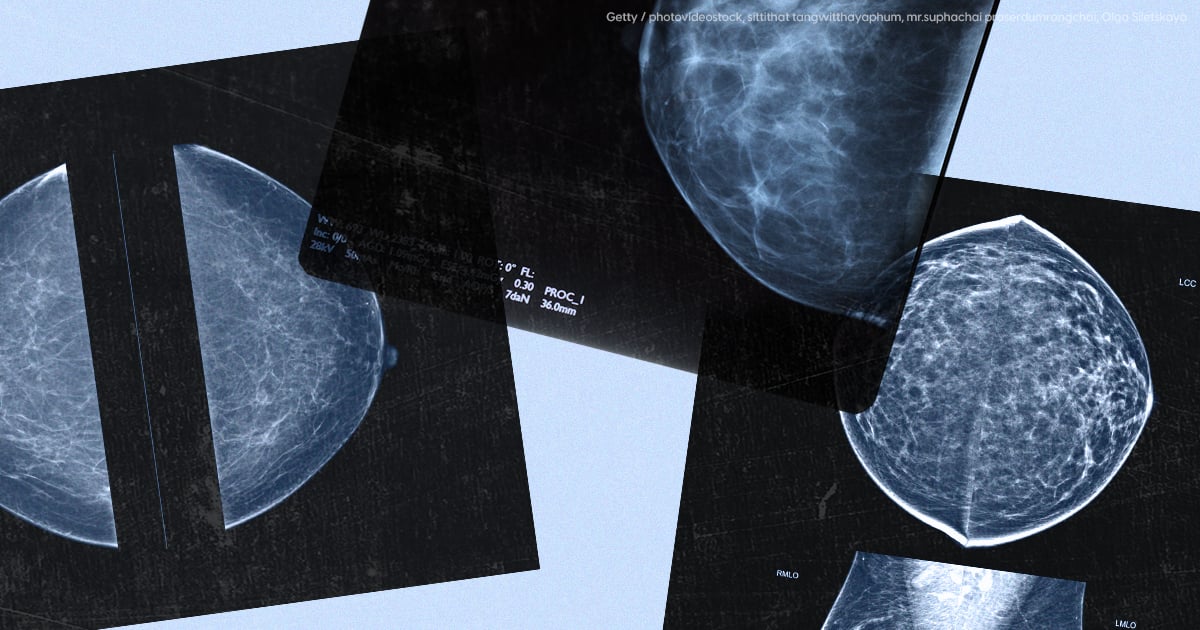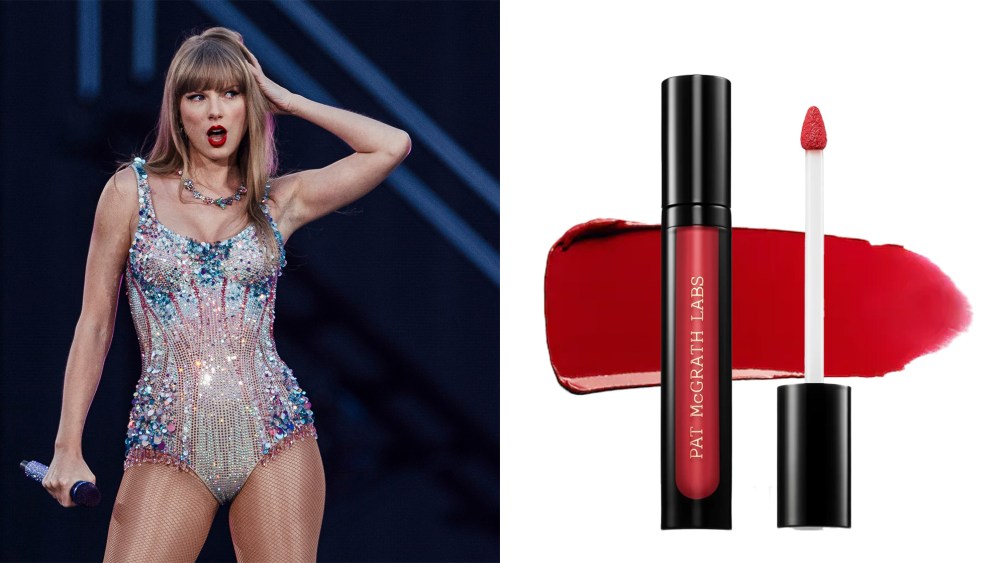Artificial intelligence continues to permeate our every day lives – from the way we search (“Hey Google, what’s the weather for today?”) to how we do our makeup. But what if I told you it could help detect breast cancer, too?
AI has been integrated into healthcare since the 1950s, but took off in the early 2000s thanks to the emergence of deep learning, which teaches machines to think and learn like humans. Now take that ability and map it onto breast cancer detection and you have AI mammography – a newer technology being introduced into clinics around the country, offering radiologists an extra pair of eyes for breast imaging analysis.
“Mammograms are imperfect. We know that we miss cancers,” says Rachel Brem, MD, director of breast imaging and intervention and professor of radiology at George Washington University Medical Center. AI mammography can help eliminate some of the mistakes that lead to these misses, leading to earlier detection and treatment, she tells PS.
The downsides? AI mammography is not covered by insurance. Plus, some experts, like Monique Gary, DO, a breast surgical oncologist in Bucks Country, PA, worry that the resource (like most AI) is capable of perpetuating bias. Ahead, both docs weigh in on the pros and cons of AI mammography, who it benefits, and whether it’s worth the extra cost.
How Does AI Mammography Work?
AI mammography works in tandem with your standard mammogram process in which a machine, designed to analyze breast tissue, takes a x-ray images of your breast. After these images are captured, a radiologist will analyze them for any abnormalities, which is a naturally tricky process.
“The reason why mammograms are challenging in general is because mammograms are a density-based study,” says Dr. Gary. “Calcifications are dense, they show up white; tumors are dense, they show up white; young women who have dense breast tissue, that too shows up white,” Dr. Gary tells PS. Both experts liken it to looking up at a cloudy sky, looking for certain clouds. “There’s no contrast and you don’t have that blue sky in between to pick out a specific cloud,” Dr. Brem explains.
AI mammography can offer a clearer picture. It is “trained or validated by looking at hundreds of 1000s of thousands of mammograms to detect patterns that could be concerning,” Dr. Gary explains. And it can do so at a faster, and potentially more accurate, pace. Plus, the computer is learning from every single case. “So it’s not like you write an algorithm, you know the formula, and it uses that formula. Every case it learns more and better,” Dr Brem says.
That said, “your AI is only as good as what it’s trained on,” Dr. Gary says. In other words, AI should be trained on a diverse population: candidates of different ages (especially considering the rising incidences of cancer among young adults); with different breast types (e.g. fatty breasts, dense breasts, and those with scar tissue); and of different races and ethnicities (Black women have a breast cancer mortality rate that is 40 percent higher than their white counterparts).
“I think there’s a deliberate effort to to make sure that AI will be beneficial for all women – I don’t think we’re there yet,” Dr. Gary says. In particular, she says she has seen a concerted effort to recruit more Black candidates in the research and machine learning. But, she adds, “I think we’re rolling out with it, despite the fact that most of it is still validated on on on white Americans and Europeans.”
Who Is AI Mammography Good For?
AI mammography can be good for everyone, but particularly those at a disadvantage when it comes to care and diagnosis. For example, in all comers, standard mammography is about 85 to 90 percent accurate. But in women with dense breasts, that number can drop to as low as 30 percent, per Yale Medicine. Adding AI mammography to the mix can help bridge the gap, by offering a more discerning eye.
Those who have microcalcifications – or calcium deposits that appear as small white specks, but could signal cancer – may also benefit from AI mammography.
The resource can also make a difference in certain communities where the quality of mammography isn’t as robust. This includes underserved communities, like the Black community, as well as the military or veterans affairs, where general radiologists are reading mammograms and not those who specialize in breast imaging, Dr. Brem says. “We know that if you have subspecialized radiologists reading [mammograms], we can find more cancers and earlier cancers. But if you give a general radiologist a mammogram with AI, they can function at the same level as a subspecialized radiologist,” she tells PS.
How Much Does AI Mammography Cost?
Insurance does not cover AI assisted mammography. There are some clinics like GW that perform AI mammography on all mammograms free of charge, but for the most part, if you want an AI mammogram you’ll have to come out of pocket.
“An AI mammogram could cost anywhere from $40 to $100 more,” says Dr. Gary, which she considers a health equity issue. Those who come from a large family or a low income may have trouble meeting those costs, and you run the risk of harming the same communities who could really use it. “I think that we have to be careful to democratize innovation and technology to help people who need it the most,” Dr. Gary says.
While there are potential upsides to AI mammograms, that’s not to say that there’s any reason to hold off on getting a standard mammogram. “It’s much more important to get a mammogram without AI,” Dr. Brem says, especially when the benefits of the AI mammography are just surfacing. “It’s not the standard of care. And it’s still very much experimental,” Dr. Gary says.
Alexis Jones is the senior health and fitness editor at PS. Her areas of expertise include women’s health and fitness, mental health, racial and ethnic disparities in healthcare, and chronic conditions. Prior to joining PS, she was the senior editor at Health magazine. Her other bylines can be found at Women’s Health, Prevention, Marie Claire, and more.




